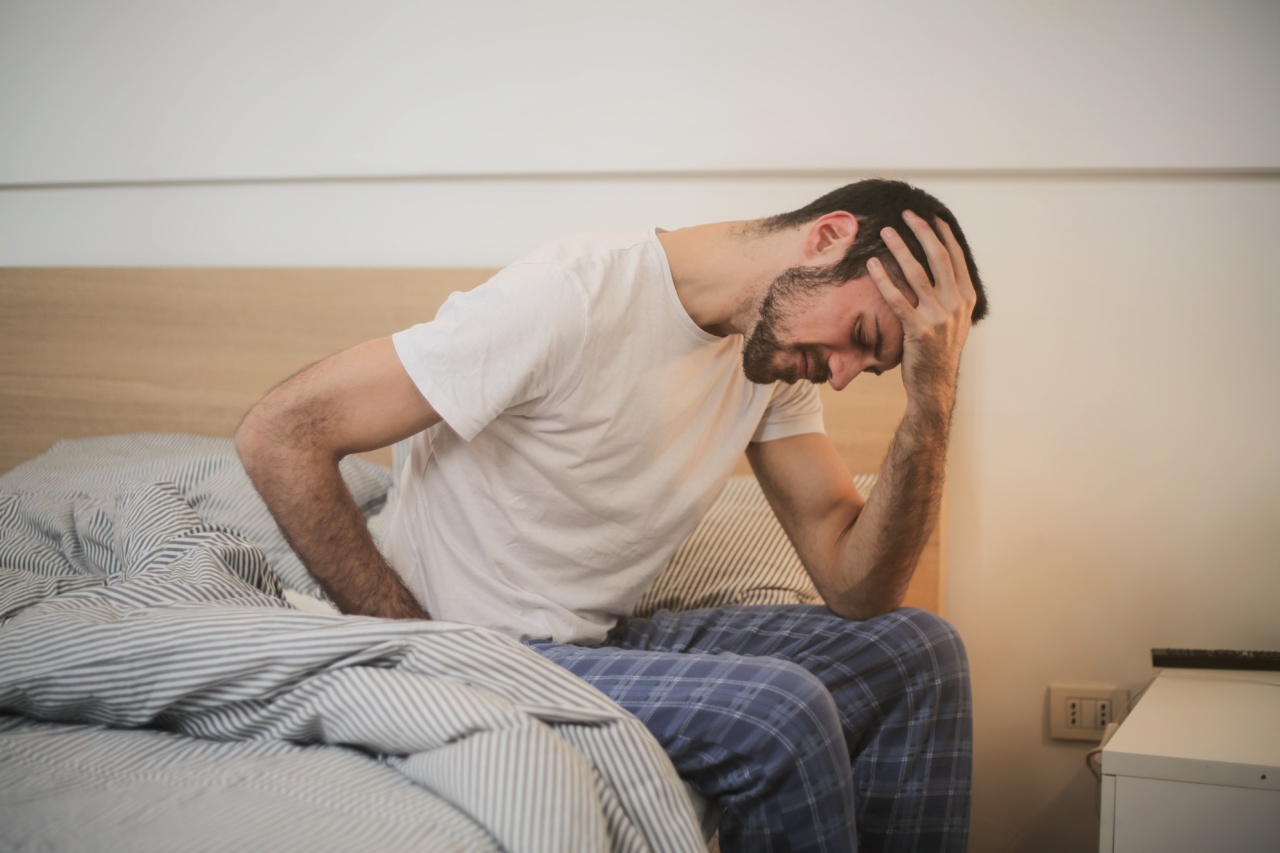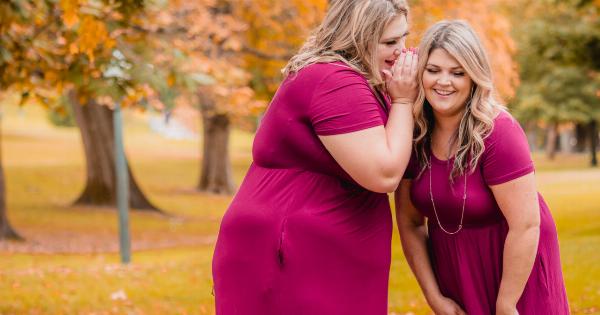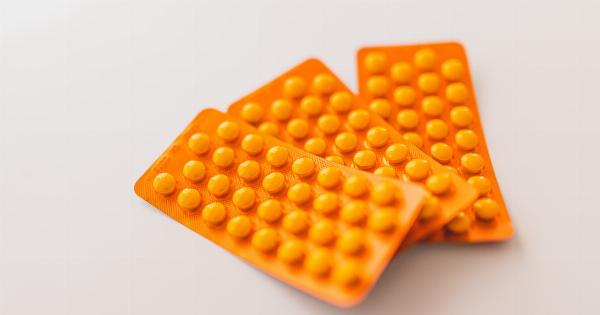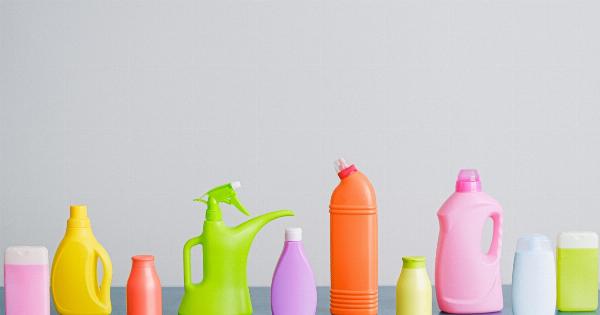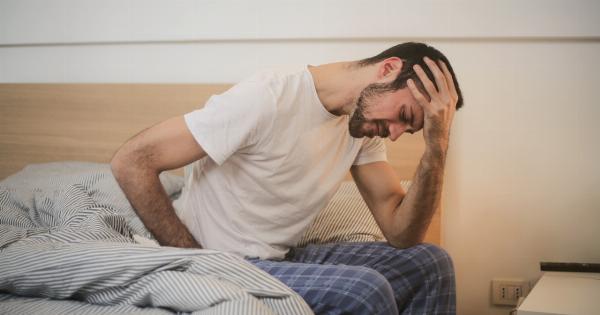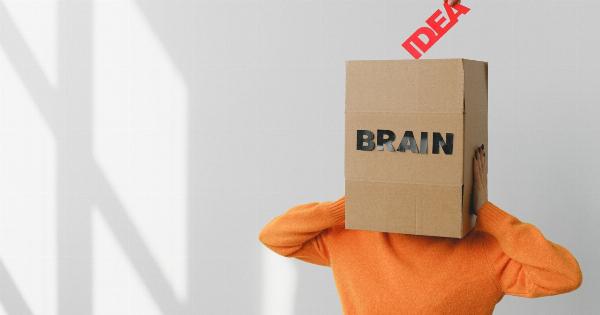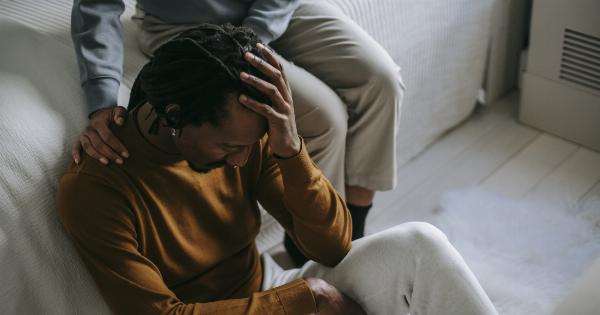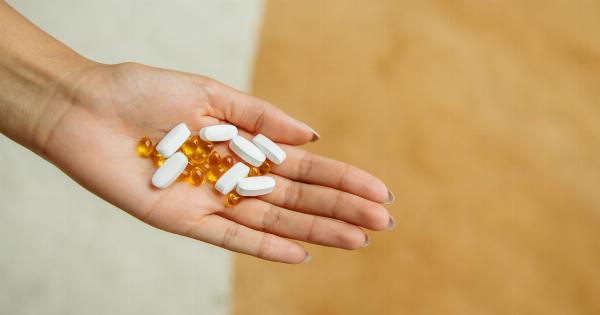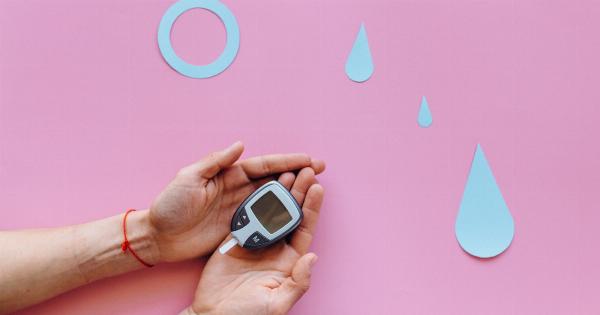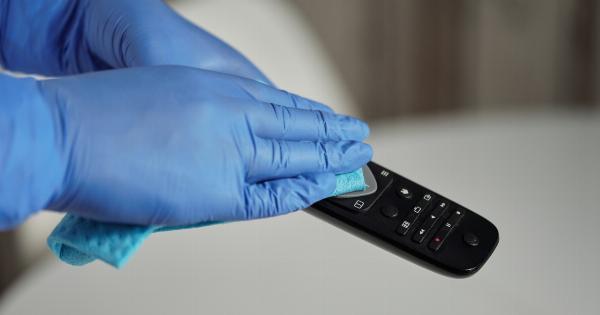Ohmophobia is a term used to describe the fear or aversion to certain scents or odors that can trigger migraines in individuals who are susceptible to them.
Migraines are severe headaches that often come with other symptoms such as nausea, sensitivity to light and sound, and visual disturbances. Certain scents have been identified as common triggers for migraines, and those with ohmophobia tend to actively avoid these scents to prevent an attack.
Understanding Migraine Triggers
Migraine triggers can vary from person to person, but certain scents have been found to be commonly associated with migraine attacks.
The olfactory system, which is responsible for our sense of smell, is closely linked to the trigeminal nerve system, which is involved in migraine pathology. When triggered by certain scents, this nerve system can lead to the onset of a migraine.
Common Scents that Trigger Migraines
While scent triggers can differ for every individual, there are some common scents that have been reported to induce migraines in a significant number of people. These scents include:.
- Perfumes and Strong Fragrances: Many perfumes and fragrances contain chemicals that can trigger migraines, especially when they are strong or overpowering.
- Cigarette Smoke: The chemicals and fumes present in cigarette smoke can be a potent migraine trigger for some individuals.
- Strong Cleaning Agents: Cleaning products such as bleach and ammonia often have strong scents that can bring on migraines in sensitive individuals.
- Artificial Air Fresheners: Many air fresheners contain synthetic chemicals and strong fragrances that can be problematic for those prone to migraines.
- Heavy Floral Scents: Some floral scents, particularly those that are excessively heavy or artificial, can trigger migraines in susceptible individuals.
- Chemical Odors: Certain chemical odors like gasoline, solvents, or paint fumes have been reported as migraine triggers.
How Do Scents Trigger Migraines?
The exact mechanism through which scents trigger migraines is not yet fully understood.
However, it is believed that certain chemicals present in these scents activate the trigeminal nerve system, leading to the release of neuropeptides and causing the blood vessels in the brain to dilate. This dilation of blood vessels can cause inflammation and ultimately result in a migraine attack.
Identifying Personal Triggers
Each migraine sufferer may have different scent triggers, and it is essential to identify personal triggers to effectively manage migraines. Keeping a detailed migraine diary can help identify patterns and potential triggers.
Whenever a migraine occurs, jot down information about the scents you were exposed to leading up to the attack. Over time, patterns may emerge that can help you pinpoint specific scents to avoid.
Managing Ohmophobia
For individuals with ohmophobia, managing triggers and scents that may cause migraines is crucial. Here are some strategies that can help:.
- Avoiding known triggers: If certain scents have consistently triggered migraines in the past, it is wise to avoid them whenever possible.
- Keeping a migraine diary: Recording scents and their effects in a migraine diary can help identify patterns and specific triggers.
- Using scent-free or hypoallergenic products: Opting for unscented or hypoallergenic products can minimize exposure to potential triggers.
- Using natural alternatives: Choosing natural scents like essential oils instead of synthetic fragrances can reduce the risk of triggering a migraine.
- Airing out spaces: Ensuring proper ventilation and fresh air can help dissipate scents and reduce potential triggers.
- Creating a scent-free zone: Designating a specific area or room in your home as a scent-free zone can provide a safe space for migraine-prone individuals.
- Discussing with healthcare professionals: Seeking guidance from healthcare professionals specialized in migraines can provide additional insights into managing ohmophobia.
- Exploring medication options: In some cases, healthcare professionals may recommend medications or preventive treatments to manage migraines triggered by scents.
The Importance of Self-Care
Managing migraines and ohmophobia involves practicing self-care. Here are some self-care tips that can complement scent-avoidance strategies for individuals prone to migraines:.
- Stress management: High levels of stress can trigger migraines. Implementing stress management techniques such as meditation, yoga, or deep breathing exercises can help reduce stress levels.
- Regular sleep schedule: Maintaining a consistent sleep schedule and ensuring adequate rest can prevent migraines triggered by sleep disturbances.
- Healthy diet: A well-balanced diet rich in fruits, vegetables, lean proteins, and whole grains can contribute to overall health and potentially reduce the frequency of migraines.
- Hydration: Staying hydrated by drinking enough water throughout the day can help prevent dehydration, which is a known trigger for migraines.
- Getting regular exercise: Engaging in moderate physical activity, as recommended by healthcare professionals, can help manage stress levels and improve overall well-being.
- Avoiding known triggers: Identifying and avoiding other non-scent triggers, such as certain foods or bright lights, can also help prevent migraine attacks.
Seeking Professional Help
If ohmophobia and migraines significantly impact daily life or if self-care strategies do not provide sufficient relief, it is crucial to seek professional help.
Physicians and neurologists specializing in migraines can provide a more comprehensive evaluation and offer personalized treatment options.
